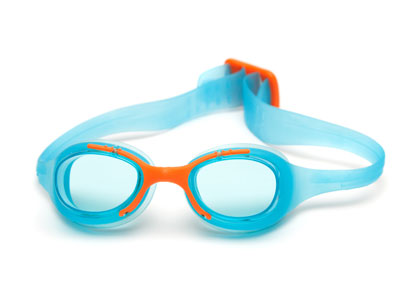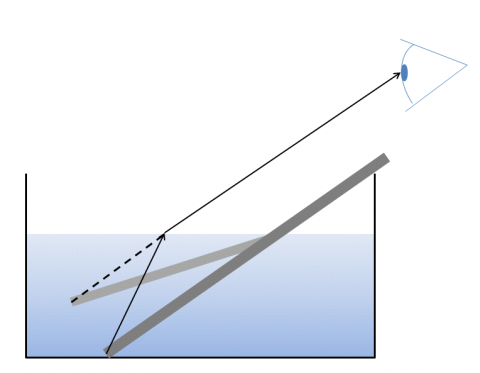How can you see underwater?
How does this align with my curriculum?
NU
8
Knowledge and Employability Science 8 (Alberta, Revised 2009)
Unit C: Light and Optical Systems
YT
8
Science Grade 8 (British Columbia, June 2016)
Big Idea: Energy can be transferred as both a particle and a wave.

